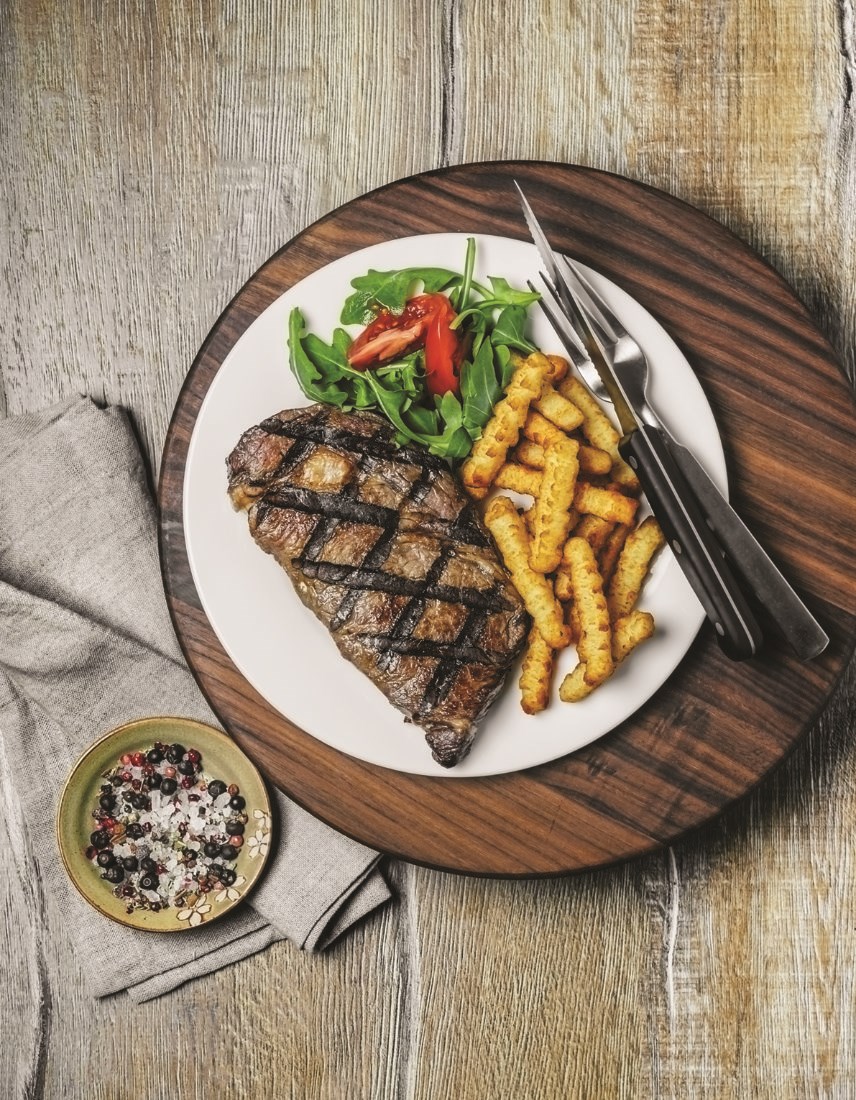It seems like every time you pass by the meat counter at your favourite grocery store the price of everything is up. According to the various news channels, many people blame the problem on excessive margins by retailers. It’s a much more complicated issue that includes things like transportation costs, increased processor costs, processor margins and retail margins. One factor many consumers are not aware of is the cost of the “groceries” that your groceries eat. Yes - the cost of the feed it takes to grow the chicken, pork beef and other meats in the coolers.
People currently like to compare things to pre-pandemic times. So, we can compare the cost of your meat counter items “groceries” from mid-2019 to today and see how these costs have impacted your typical chicken, beef, or pork producer at the farm level. Let’s compare the cost of six common feedstuffs and see what has happened.
Corn. A critical ingredient in broiler chicken, layer and turkey feeds. A major source of food energy and a source of the natural pigments that make egg yolks yellow and poultry skin that nice yellow colour. In 2019, $185 per tonne (2204 pounds) and now at the end of 2022, $440.
Wheat. An energy source for poultry and swine. Top grades go to flour mills, lower grades to feed mills. In 2019, $210 per tonne, and now the same wheat costs nearly $500
Barley. A major energy source for cattle of all types and swine. Top grades get malted for making beer, lower grades go to feed. Barley is not used much in poultry because some compounds in barley gum up the intestines lowering the efficiency of production. In 2019 it was $200 per tonne and now $360.
Soybean meal. A major source of protein for poultry and swine this ingredient was $450 in 2019 and now costs in the neighbourhood of $645.
And finally, Canola. Often called Canada's Cinderella crop, canola meal provides protein and the unrefined oil (not as pretty as the yellow bottles on store shelves) a source of energy. Canola meal has gone from $325 to $515 and the oil from $925 to well over $2000.
Increases like these on hundreds of essential feed ingredients from salt to amino acids and vitamins have drastically increased the cost of growing your dinner to a marketable weight for processing into the neatly packaged food you take home. These increases have directly impacted the producer’s ability to earn a decent living. From the barns full of broiler chickens to feedlots brimming with prime Canadian beef the cost of being a farmer in Canada has skyrocketed.
The feed mill's cost on a simple Beef Finisher feed may be up as much as $140 per tonne while the cost of the Turkey Grower feed for your Christmas dinner is up almost $300 per tonne. When you add on increased manufacturing costs and the transportation cost of getting the food to the farm (which may be hundreds of kilometres from the mill) feed costs for your groceries are a huge burden to the producer. The increased costs in most cases have not been covered by increases in the farm gate price the producer receives for all his efforts. Livestock and poultry producers are not benefiting from the increased consumer prices.
So, the next time you look at the cost of a pork chop, chicken breast, or a package of hamburger think of the farmer who is plagued by the same type of increases to feed his animals as you are experiencing feeding your family.
J.A. Davidson, P.Ag., PAS
Livestock & Companion Animal Nutritionist




